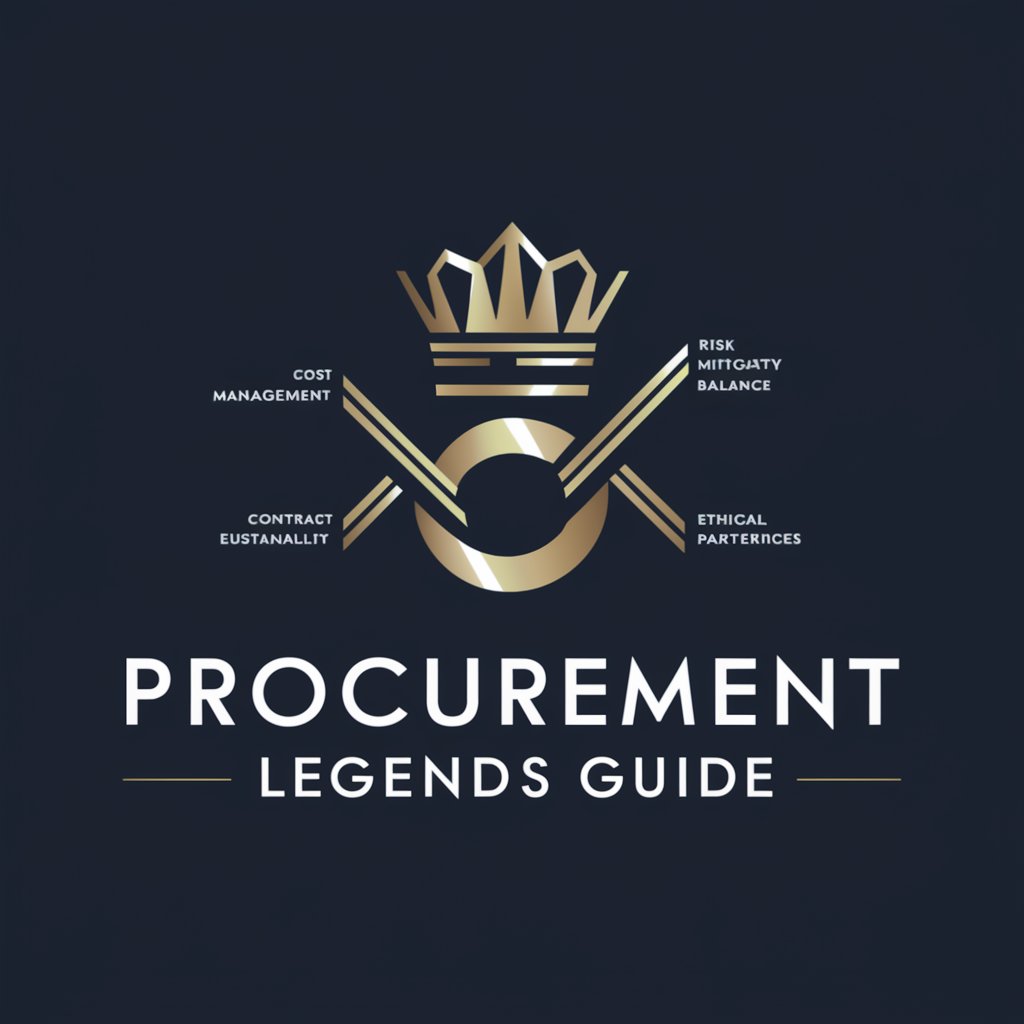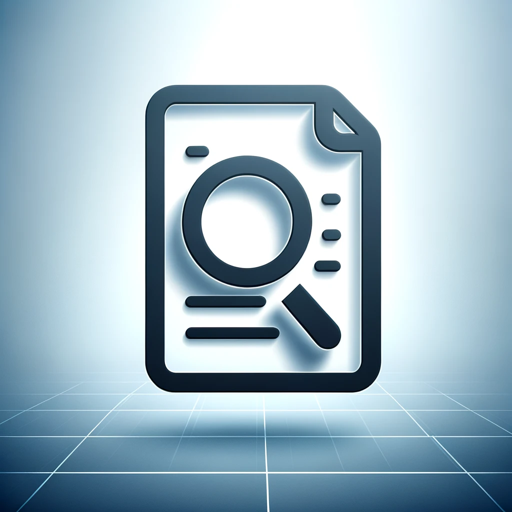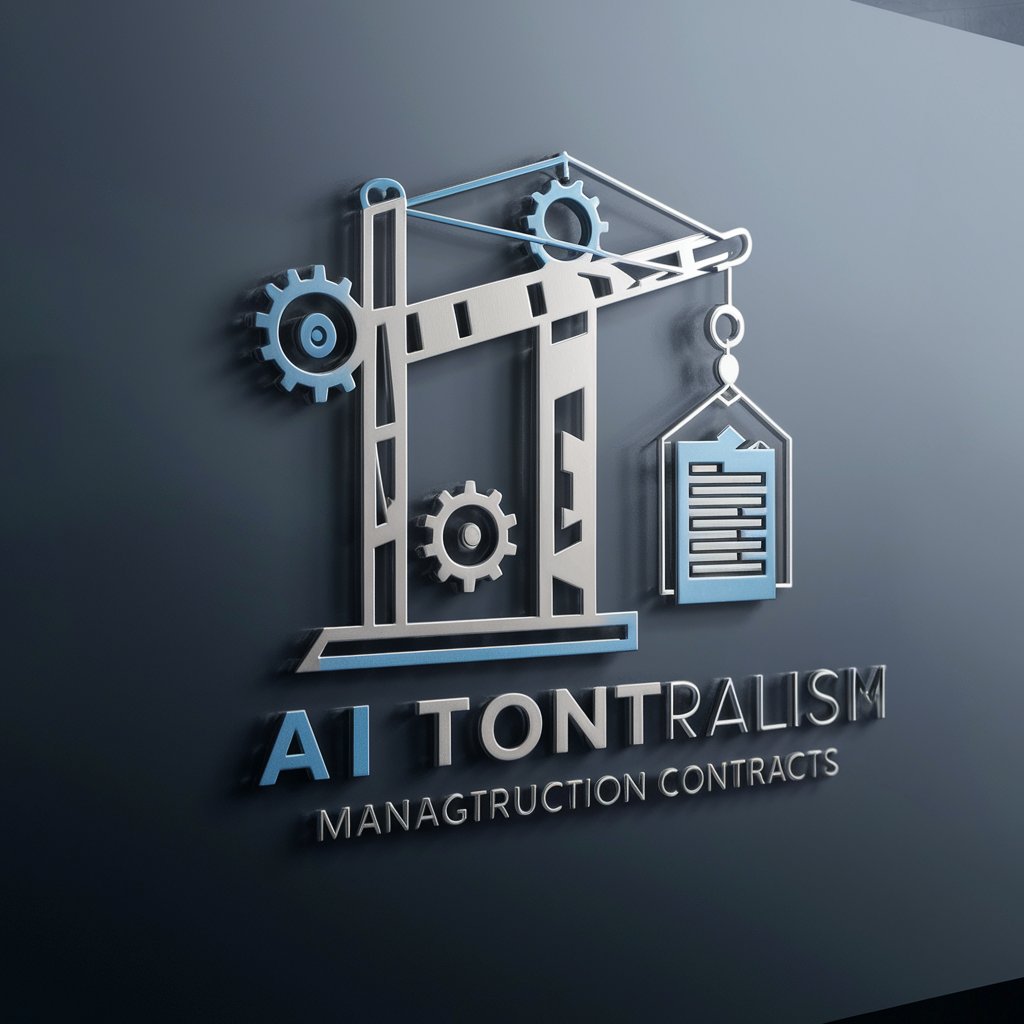
Contract Management - Contract Management Simplified
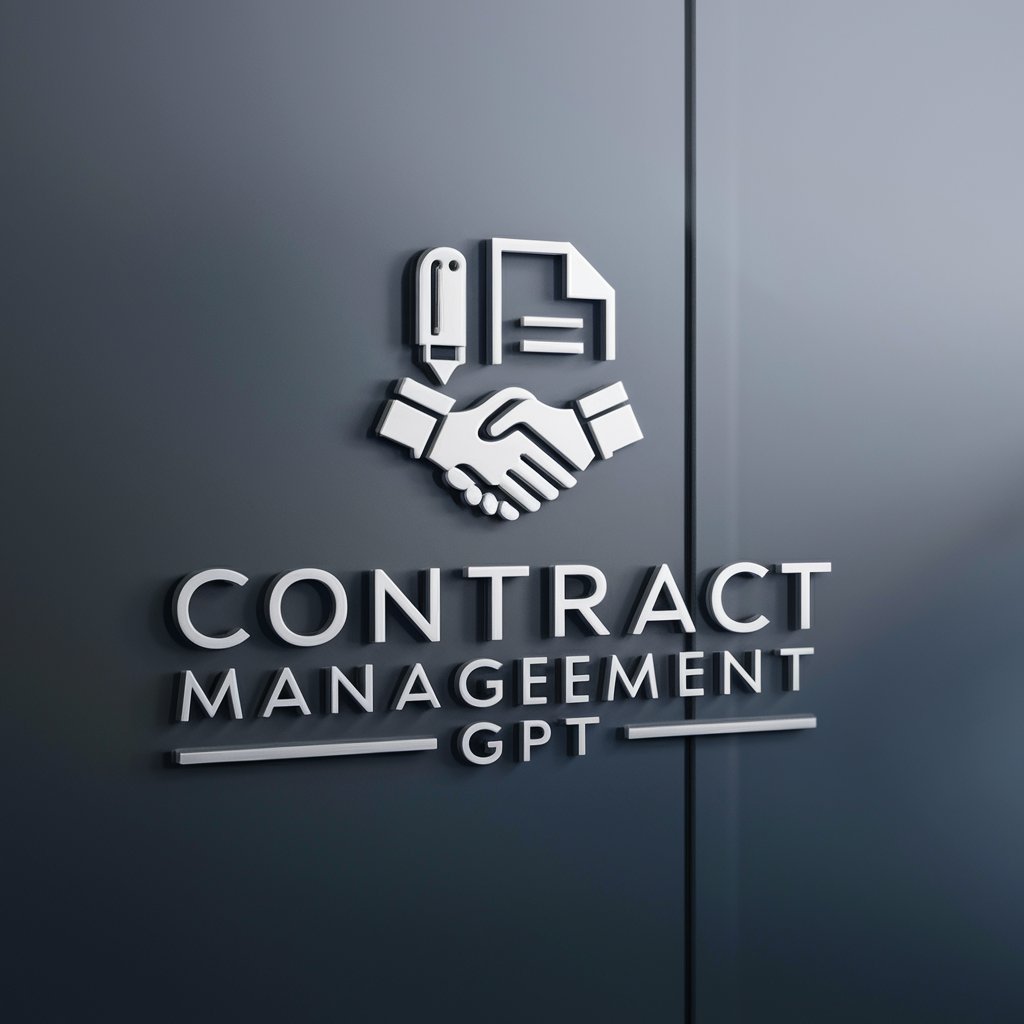
Welcome! How can I assist you with your contract needs today?
Streamlining Contracts with AI
How can I ensure compliance with contract terms?
What are the key elements of a standard contract?
Can you help me draft a non-disclosure agreement?
What are the best practices for contract negotiation?
Get Embed Code
Overview of Contract Management
Contract Management encompasses the entire lifecycle of a contract, from initiation through drafting, negotiation, approval, execution, and compliance monitoring, to renewal or termination. It involves systematic and efficient management of contract creation, execution, and analysis to maximize operational and financial performance, while reducing financial risk. For instance, in a procurement scenario, a company may use contract management to negotiate better terms with suppliers, ensuring that agreements are favorable and risks are minimized. Similarly, in a corporate setting, contract management ensures that service agreements with clients are fulfilled as per the agreed terms, and any deviations are addressed promptly to maintain client satisfaction and legal compliance. Powered by ChatGPT-4o。

Core Functions of Contract Management
Contract Drafting
Example
Automated template-based drafting for a service agreement
Scenario
A company needs to draft a service agreement for a new client. Using contract management, they select a pre-approved template, input specific details like service scope, duration, and payment terms, and generate a customized contract, ensuring consistency and compliance with corporate standards.
Negotiation and Approval
Example
Digital negotiation tools and approval workflows
Scenario
During contract negotiations, both parties propose changes. Contract management software tracks these revisions, enabling stakeholders to review and approve changes efficiently, often through digital platforms, thereby speeding up the negotiation process and ensuring all modifications are documented and approved.
Performance Monitoring
Example
Compliance checks and milestone tracking for a construction project
Scenario
In a construction contract, performance monitoring involves tracking progress against milestones, ensuring compliance with safety standards, and managing change orders. Contract management tools help project managers monitor these aspects in real-time, identify delays or issues, and take corrective action to keep the project on track.
Renewal and Termination
Example
Automated alerts for contract renewal or expiration
Scenario
As a contract approaches its end date, contract management systems can send automated alerts to relevant parties. This enables them to review the contract's performance and decide whether to renew, renegotiate, or terminate the agreement, ensuring that decisions are informed and timely.
Target User Groups for Contract Management Services
Legal Departments
Legal professionals benefit from contract management by streamlining the drafting, review, and approval processes, reducing the risk of errors, and ensuring compliance with legal standards and corporate policies.
Procurement Teams
Procurement teams use contract management to negotiate better terms with suppliers, manage purchase agreements, and monitor supplier performance against contractual obligations, leading to cost savings and improved supplier relationships.
Project Managers
Project managers rely on contract management to oversee project-related contracts, ensuring that deliverables are met on time, within budget, and in accordance with the contract terms, which is crucial for successful project outcomes.
Sales Organizations
Sales teams use contract management to streamline the creation, negotiation, and execution of sales agreements, enabling faster deal closures and ensuring accurate, consistent contract terms that align with business objectives.

How to Utilize Contract Management
Initiate Trial
Start by accessing yeschat.ai to engage with a free trial, no signup or ChatGPT Plus subscription required.
Understand Your Needs
Identify your specific contract management needs, such as drafting, negotiation, compliance monitoring, or analysis. This clarity will guide the tool's application.
Explore Features
Familiarize yourself with the tool's features, including template creation, clause library, contract lifecycle tracking, and AI-assisted negotiation insights.
Customize Settings
Adjust settings to match your organizational requirements, such as permission levels, notification preferences, and integration with other management systems.
Engage and Iterate
Start using the tool for your contract management tasks. Regularly review and adjust your approach based on feedback and the tool's analytics to optimize contract outcomes.
Try other advanced and practical GPTs
Code Wizard
Empowering Your Code with AI
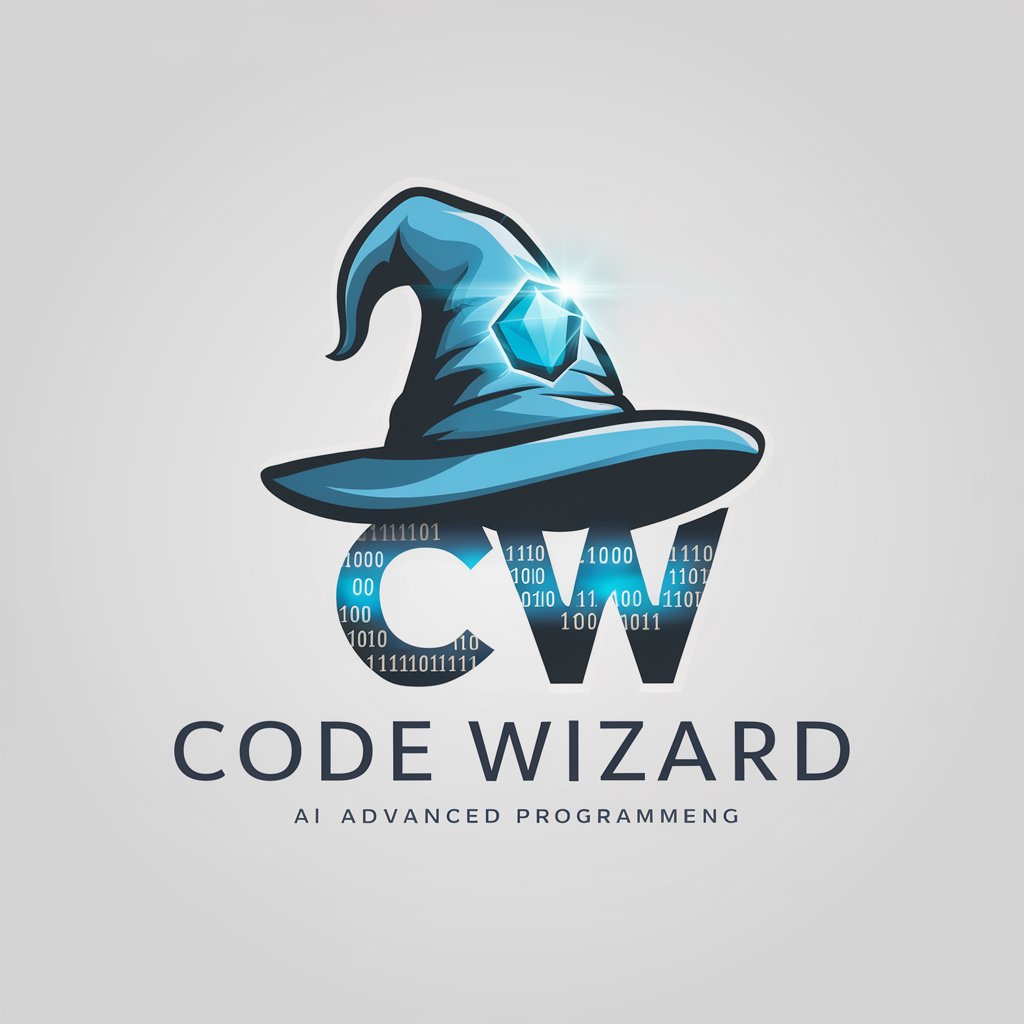
God
Exploring Divinity with AI

RandonCity
Craft detailed cities with AI power.

Promo Crafter
Elevate Your Casino's Appeal with AI-Powered Promos

Adventure Dreamweaver
Crafting Enchanting Tales with AI

SEO for Restaurant
Optimize your restaurant's online presence with AI-driven SEO.

GrowthHackingGPT
Empowering Growth with AI
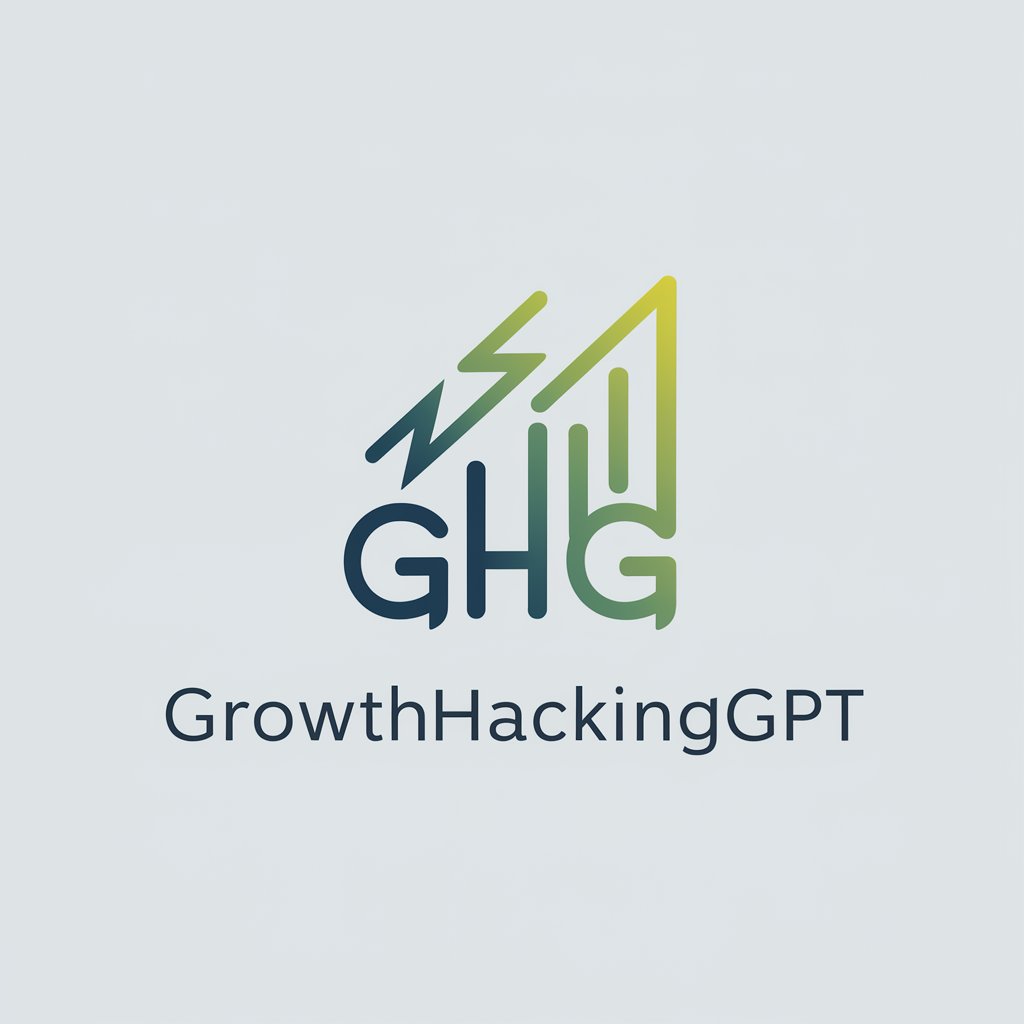
REDAXO T-REX TALK
Empowering REDAXO Development with AI
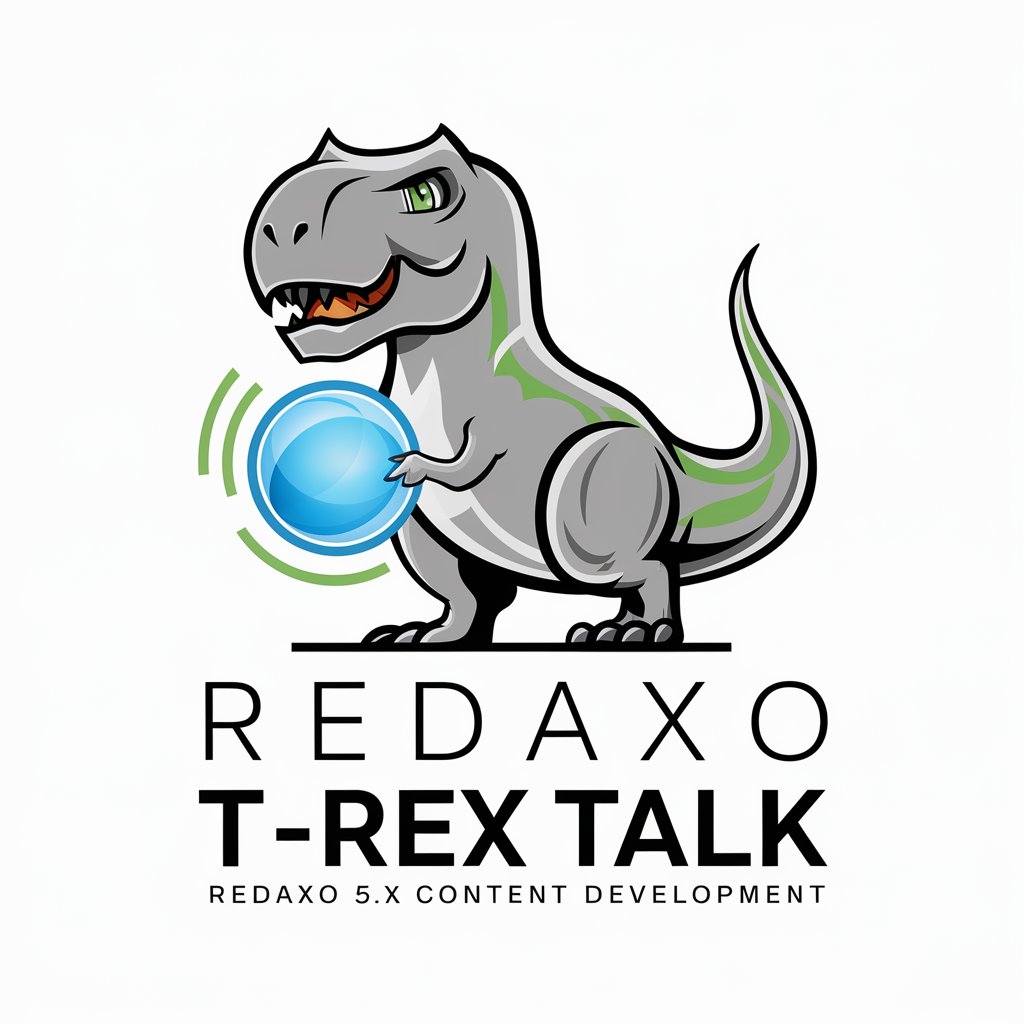
VisitOost Schrijver
Discover East Netherlands with AI

Speculation
Empowering investment strategies with AI
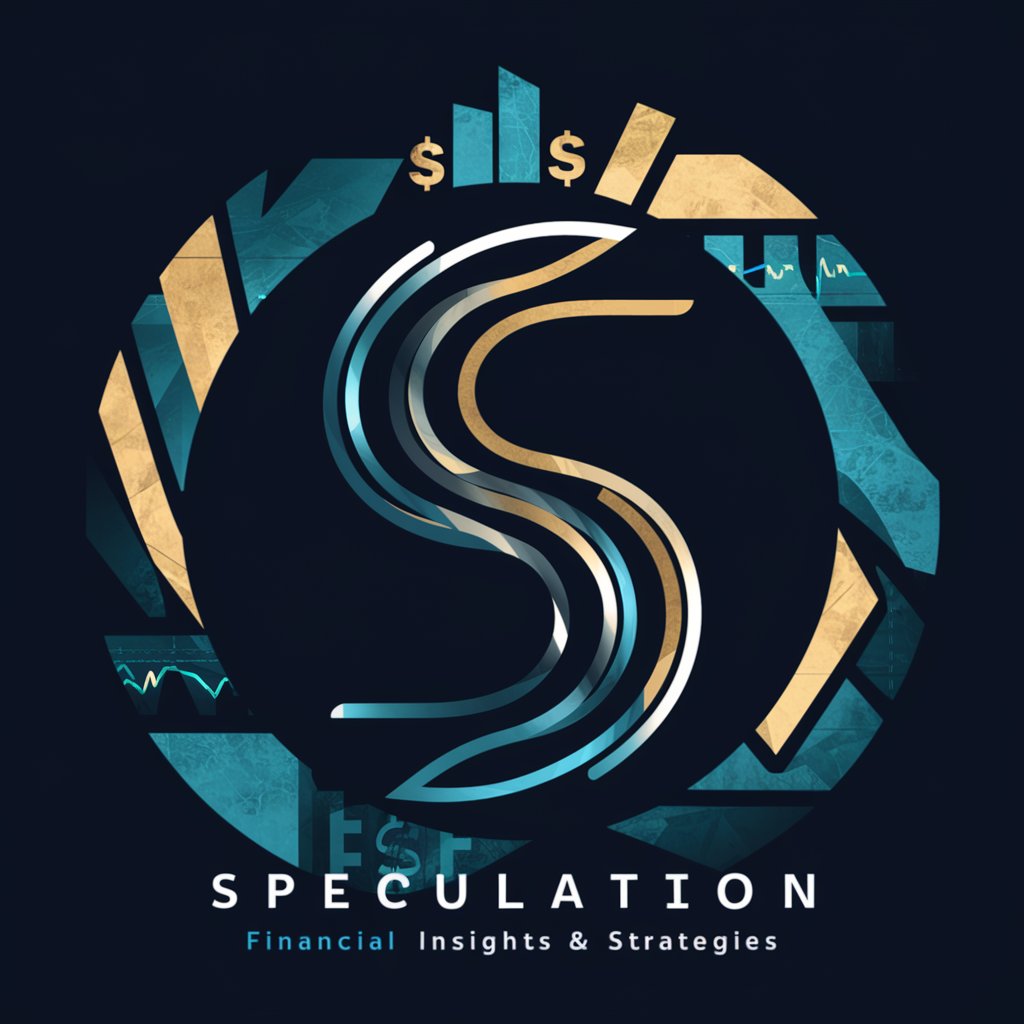
Business Buddy
Elevate Your Business with AI Power

"Ģimenes ārsts"
Empowering Your Health with AI Guidance

Frequently Asked Questions About Contract Management
What is AI-powered Contract Management?
AI-powered Contract Management refers to the use of artificial intelligence to automate and improve the contract lifecycle, from drafting and negotiation to compliance and analysis. It enhances efficiency, reduces errors, and provides valuable insights.
How can Contract Management improve negotiation processes?
Contract Management tools can analyze past agreements to suggest favorable terms, highlight potential risks, and automate repetitive tasks. This allows negotiators to focus on strategic discussions and achieve better outcomes.
What are the benefits of using Contract Management for compliance?
By automating the tracking of obligations and deadlines, Contract Management ensures that contracts are executed according to terms, regulatory requirements are met, and risks of non-compliance are minimized.
Can Contract Management integrate with other business systems?
Yes, most Contract Management tools are designed to integrate with CRM, ERP, and other enterprise management systems, allowing for seamless data flow and enhanced operational efficiency.
How does AI assist in contract analysis?
AI algorithms can swiftly review contracts to identify key clauses, assess risk levels, and provide summaries. This capability supports better decision-making by highlighting important information and trends.

